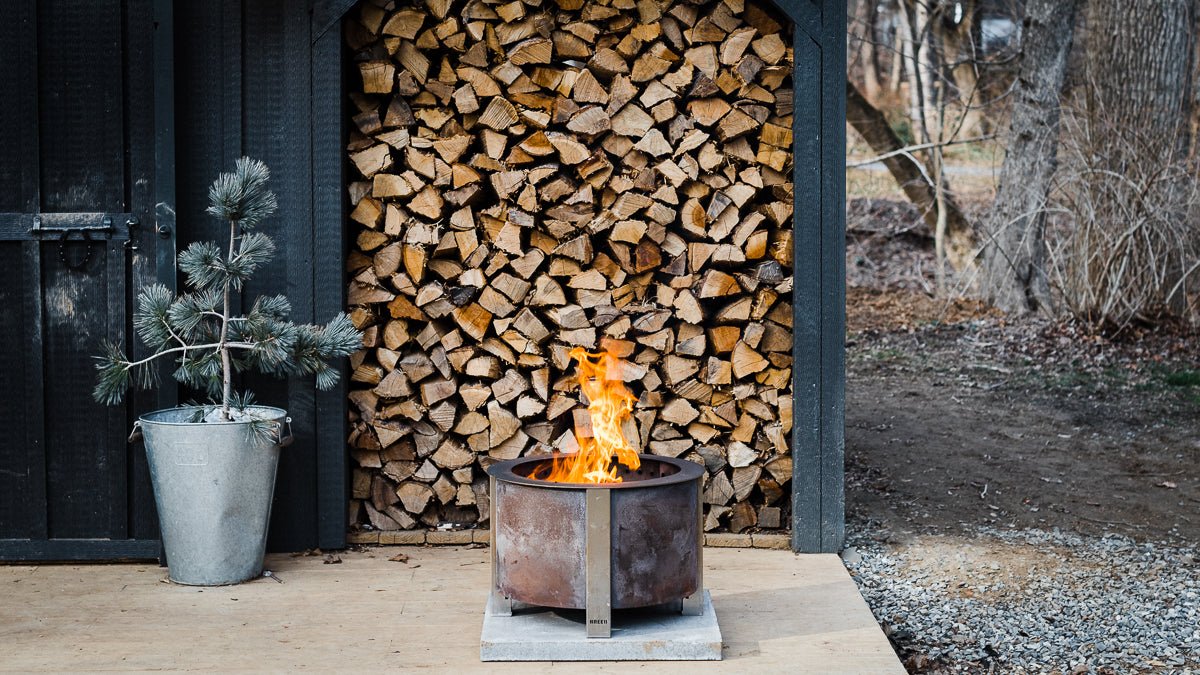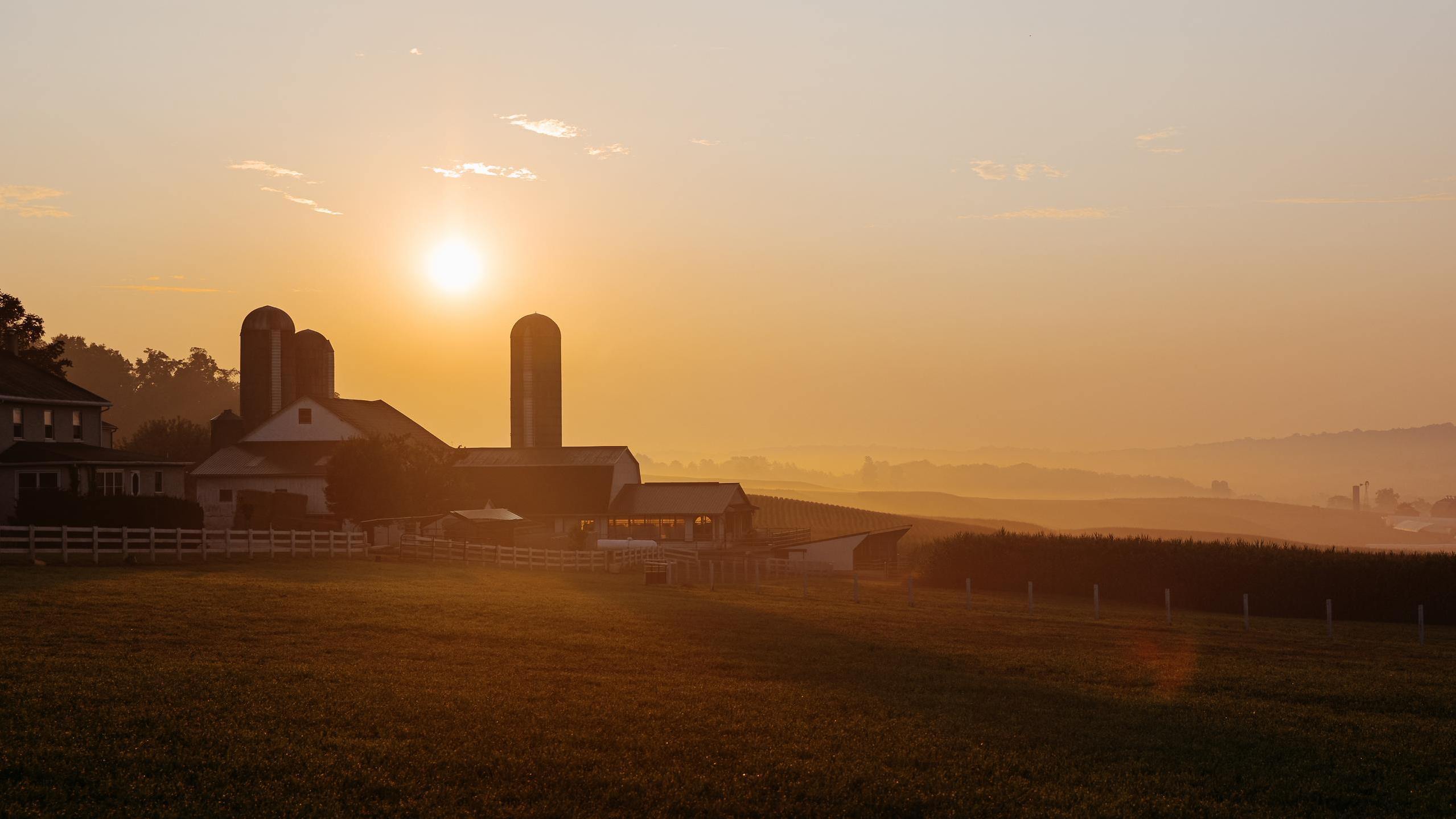By Christie Vanover, Pitmaster, GirlsCanGrill.com
When cooking over live fire, picking the right fuel source is as important as choosing what food to prepare. The fuel you select will impact the final flavor of your meal and even plays a role in cleanup. Check out the tips below on cooking with wood.
Starting your fire
Rule number one – never use lighter fluid. While the flammable liquid gets fires going quickly, the gas-like aroma produces an unpleasant flavor. Also, even after the fire is out, that residual smell can linger in your fire pit. It’s just best to avoid it.
I prefer using natural wood firestarters like tumbleweeds. They are wood strips rolled up into small cylinders that are dipped in flammable wax.
If cooking with hardwood, place one to two firestarters on the bottom of the Breeo fire pit in the intersection of the X Airflow channels. Then, build a log cabin or tic-tac-toe pattern by placing two logs parallel across the channels and two more logs in the opposite direction. Simply light the firestarters. In about 15 minutes, the logs will start to ash over.
Hardwood
If you have an outdoor fire pit, you’re most likely going to use hardwood, which is a great choice. Hardwood accentuates the flavor of food that’s cooked over it in a special way unlike briquettes or lump charcoal. Cooking with wood logs adds to the rustic setting of being outdoors.
As your food cooks, you can add another log on and enjoy the dual-purpose smokeless fire pit feature of the Breeo fire pit as you share memories around the fire.
When selecting wood logs, be sure you’re using hardwood and not softwood. Softwoods like pine and cedar have more sap and will emit an unpleasant aroma. Some can actually be toxic. Stick with woods like oak, maple, hickory, cherry and apple.
Also, if you can, find hardwood without bark. Bark doesn’t burn as purely as the wood itself, which can negatively impact the flavor of your smoke.
Advantages
-
Hardwood is all natural, providing pure smoke.
-
You can buy wood in large quantities.
Disadvantages
-
Hardwood needs to be dry.
Wood is a flavor
Once you select your fuel source, you can think about the subtle nuances that different types of wood offer. Briquettes and lump charcoal are usually identified as “hardwood.” The bag doesn’t always tell you what kind of wood they’re made of, unless you buy the ones with added shavings of specific woods.
When cooking with wood logs, you have the luxury of selecting your wood type, which means you can adjust the flavor of your smoke.
Mesquite wood has a strong, sometimes bitter aroma. A little goes a long way. Whereas, pecan wood is mild, allowing you to enjoy a smooth kiss of smoke.
Other strong woods include hickory, walnut and apple. If using these woods, allow the logs to burn down more to avoid oversaturating your food with smoke flavor.
Additional mild woods include maple, cherry and oak. Cherry and oak help add a beautiful mahogany color to meats, whereas maple provides a touch of sweetness.
Now that you know all about cooking with wood, find your own formula. There’s nothing wrong with cooking with a combination of fuel sources. For instance, you can start with lump charcoal and add a log or chunk of natural hardwood in varying flavors, depending on what you’re cooking. Or if you’re cooking with wood and you need a bit more heat for the final few minutes of your cook, throw on some briquettes instead of an entire log. Most of all, have fun.





Leave a comment
This site is protected by hCaptcha and the hCaptcha Privacy Policy and Terms of Service apply.